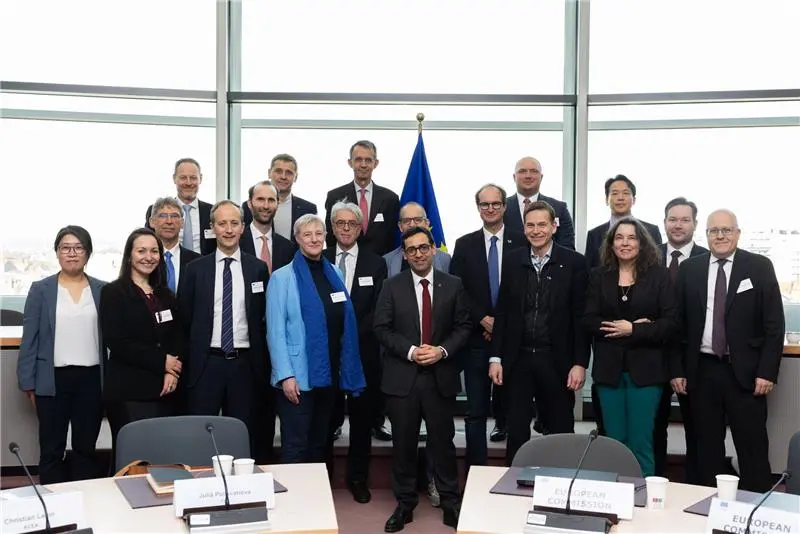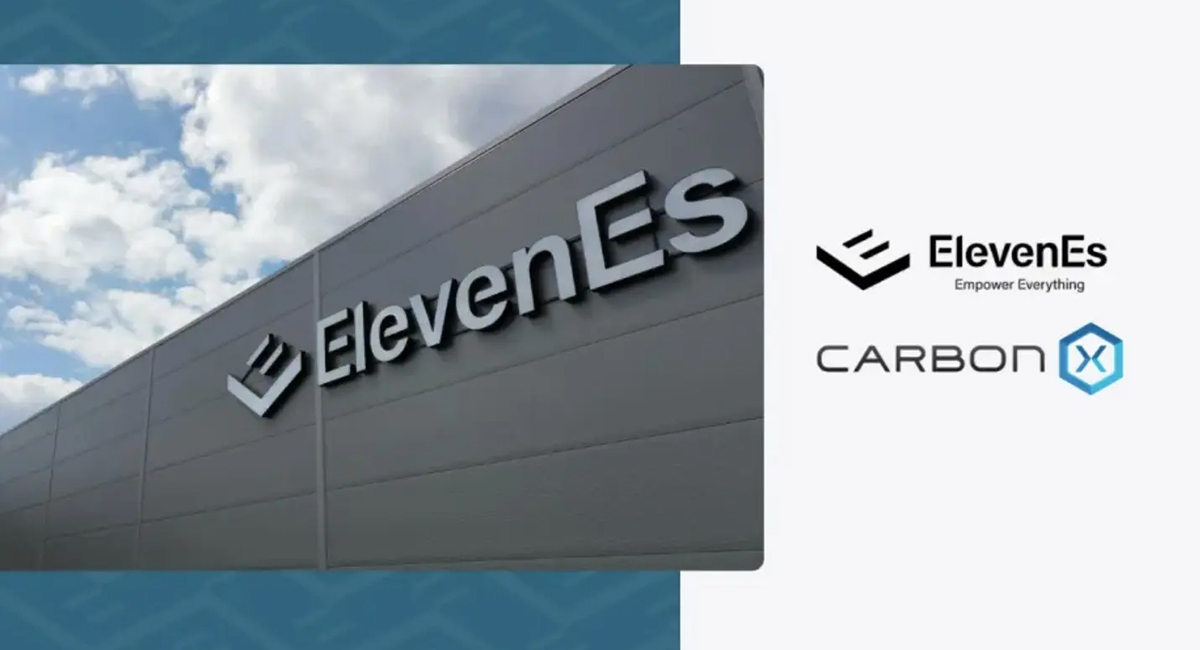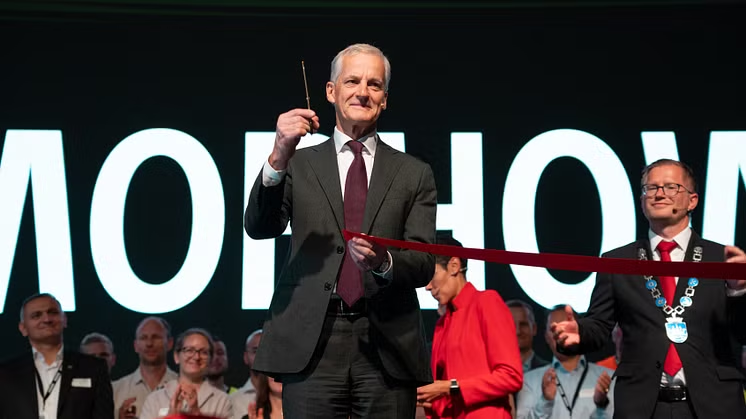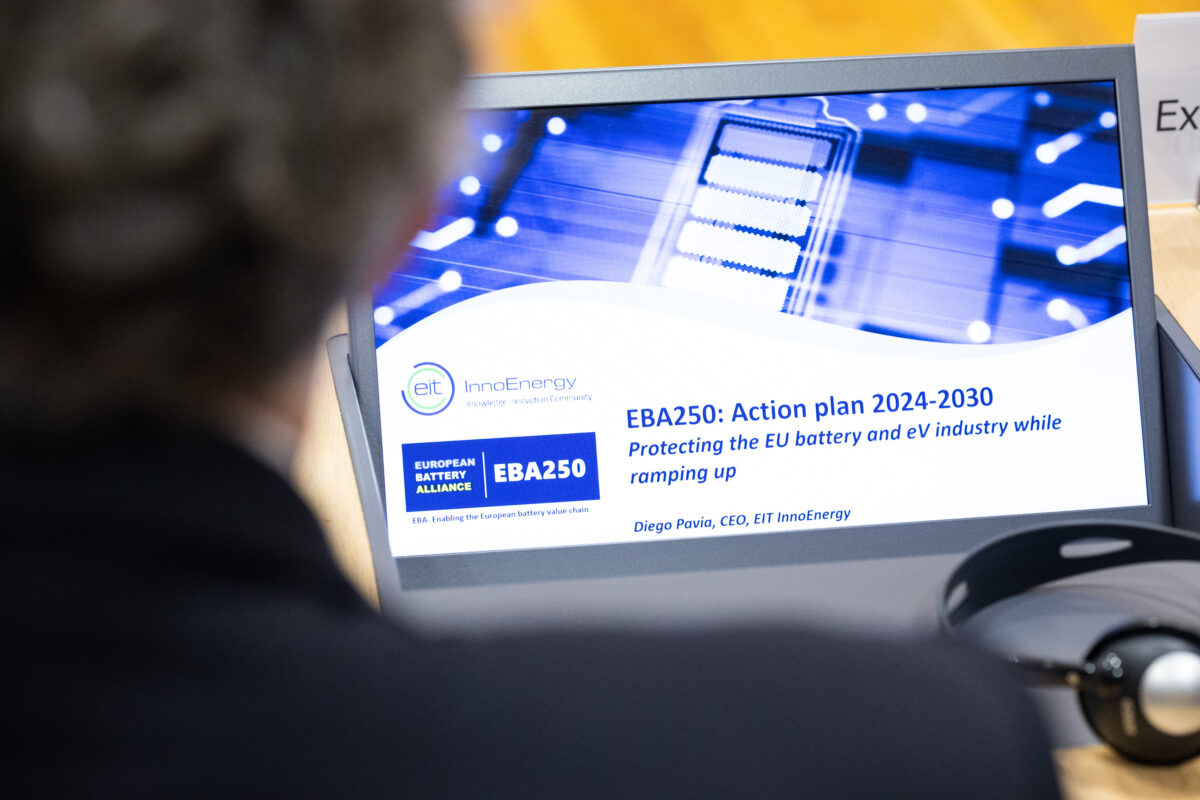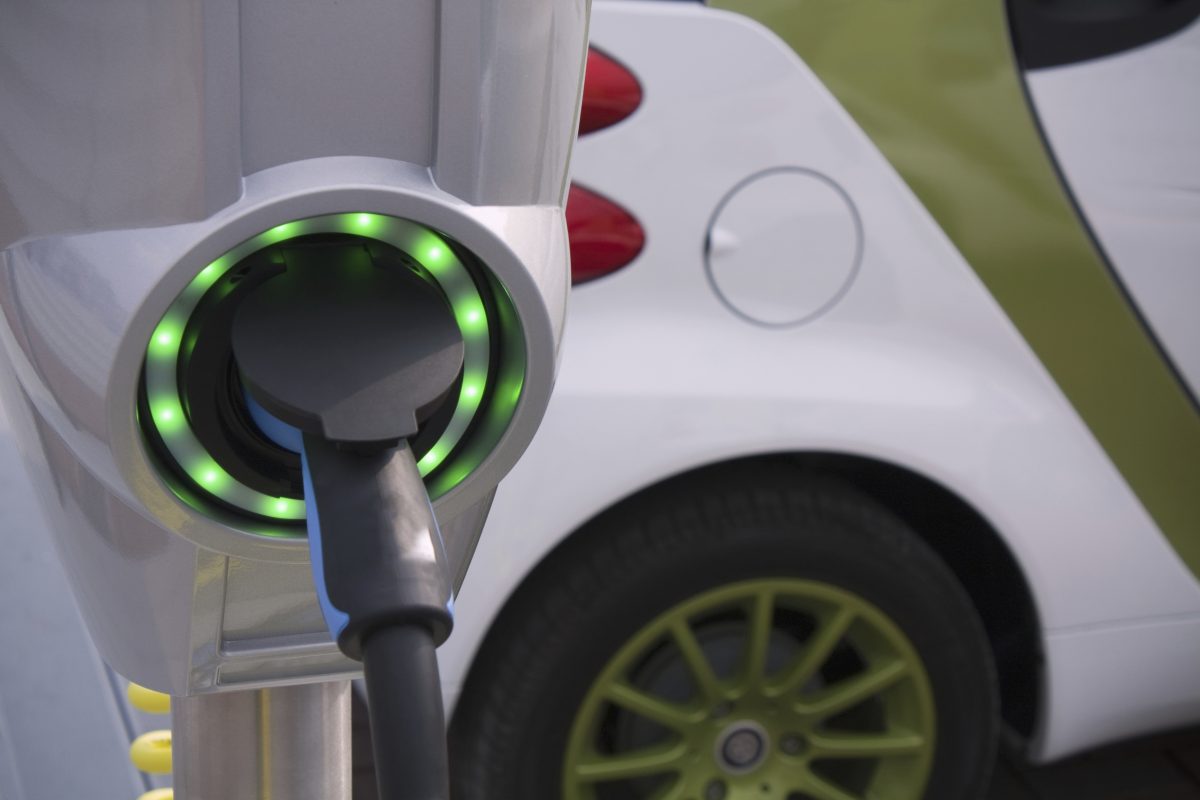
Jun 8, 2021
Charging infrastructure in Europe: a bottleneck to e-mobility?
We are happy to relay that we held today a new EBA250 Virtual Meetup focusing on charging infrastructure. Below is a summary write-up of the event that welcomed more than 100 EBA250 members live.
The online event gathered representatives from a broad range of organisations to reflect the multitude of stakeholders active in this field. Christoph Starzynski from Mercedes-Benz, Saki Gerassis Davite from the European Commission, Julia Poliscanova from Transport & Environment, Philippe Vangeel from Avere, Pedro Ferreira from EDP, Kurt Högnelid from CaCharge and Christopher Burghardt from ChargeUp Europe joined the 90-min discussion.
Europe, leader in BEV adoption
The event was opened with a market overview on battery electric vehicles (BEV) where Bo Normark, Industrial Strategy Executive at EIT InnoEnergy, emphasized the results of four different studies published recently. Despite using different methods to measure the development of the BEV market, all of them point towards similar results: Europe will continue to be a leader in BEV adoption and there will be a clear dominance of BEV on the European market by 2030, with a share estimated between 65 to up to 85%.
Despite such forecast in BEVs penetration, some conclusions show that it won’t be sufficient to meet EU climate targets and that more needs to be done to further support the roll-out of EVs. With adopted policies and customers increasingly switching to electric, we can foresee over 80 million BEVs on the European roads by 2030. An accelerated build-out of charging infrastructure is required to ensure the continuous development of a rapid and broad roll out of EVs.
The role of OEMs – Mercedes-Benz perspective
As pointed out by Christoph Starzynski, VP Product Group Electric Vehicle Architecture at Mercedes-Benz AG, “achieving more ambitious CO2 targets for 2030 is a joint effort across all sectors,” and his keynote was an opportunity to show the role that OEMs can play. The company is in full transition to electric and targets to be 100% CO2 neutral by 2039, including on the supply chain side. “Independent on whether we come from a typical ICE business or we are moving to a fully electric one, our intent remains the same: building the world’s most desirable cars. And we will deliver on this intent with our refocused strategy,” where sustainability is the guiding principle. With Mercedes Me Charge, the company also plans to deliver their customers a comprehensive electric charging infrastructure that is intelligently distributed across the entire EU, powered by green energy and easy to use.
Supportive EU regulatory measures are already in place
Saki Gerassis Davite, Policy and Data Officer at the European Commission, addressed several regulatory actions that support the rapid deployment of alternative fuels infrastructure. The European Green Deal sets a target of 1 million charging points across Europe by 2025, target increased to 3 million by 2030 with the Sustainable and Smart Mobility Strategy. The revision of the Alternative Fuels Infrastructure Directive (AFID) that is scheduled for June 2021 is another example with for objectives to:
- ensure a sufficient coverage of recharging and refuelling infrastructure across Europe, including via more binding minimum requirements,
- ensure full interoperability by addressing relevant needs on communication exchange in the EV charging ecosystem,
- improve the user experience.
He also conveyed the importance of sustainable batteries, and how further developments of such batteries go hand in hand with the roll-out of charging infrastructures.
But clear and harmonised legislation across Europe further needed to support the industry
The key role that EU legislation can play in speeding up the roll-out of the charging infrastructure was widely discussed during the panel discussion that followed. Moderated by Jennifer Dungs, Thematic Leader in Energy for Transport & Mobility at EIT InnoEnergy, the aim was to bring forward the perspectives of various industry and associations representatives on the topic.
Julia Poliscanova, Senior Director, Vehicles & E-mobility at Transport & Environment strengthened the importance for the EU to set binding targets for all countries so charging points are available everywhere across Europe, including high power charging infrastructure. Reflecting on the successful example of Norway, Philippe Vangeel, Secretary General at AVERE urges the EU to adopt a consistent and long-term policy supported by regulations rather than directives. The need for a stronger and more coherent regulatory framework for EV charging in Europe was also pointed out by Christopher Burghardt, President at ChargeUp Europe. Meanwhile Kurt Högnelid, CEO at CaCharge calls for clearer EU-requirements for EV-charging availability in car parks and garages as he estimates that 90% of charging will occur where the car is parked. As for Pedro Ferreira, Head of Smarter Grids at EDP Innovation, smart charging and Vehicle-to-Grid have to be on the top of the EU agenda to be able to accommodate a maximum number of EVs in the existing infrastructure.
Among other topics, the need for clearer and harmonised pricing, the improvement of the user experience, or the ability for apartment owners to install charging points in their buildings were also discussed.
Despite the challenges ahead, all panelists agreed that the current lack of available infrastructure or harmonized measures and standards Europe-wide won’t stop the end customers from choosing EVs. The technology is there, the change is and will be further driven by the market. And let’s not forget that the impact goes beyond the transport sector as EVs can play an important piece in decarbonising the power sector. As rightfully said by Jennifer Dungs, “the most important transition that this industry has seen is the transition to electric mobility. It is no longer a question of if, but how much faster it can get”.
More EBA250 news
InnoEnergy, the driving force behind the EBA250 initiative, introduces today its new brand identity,…
The new EU-funded facility will enhance global raw materials partnerships and access to Critical…
Last week, InnoEnergy and EBA250 represented the battery value chain in Brussels alongside Verkor…
ElevenEs, a European LFP lithium-ion battery manufacturer, has signed a Joint Development Agreement with…
The European battery industry has come a long way since the launch of the…
The 2024 Innovation Fund calls for proposals have been launched this week, with a…
Altris, a pioneering Swedish developer of sodium-ion battery technology, has reached significant milestones that…
Last Friday, Morrow Batteries officially inaugurated the first giga-scale LFP (Lithium Iron Phosphate) cell…
On May 24, 2024, the 8th High-Level Meeting of the European Battery Alliance (EBA)…
Following the recent announcement from EVP Šefčovič on the need to support manufacturing of…


